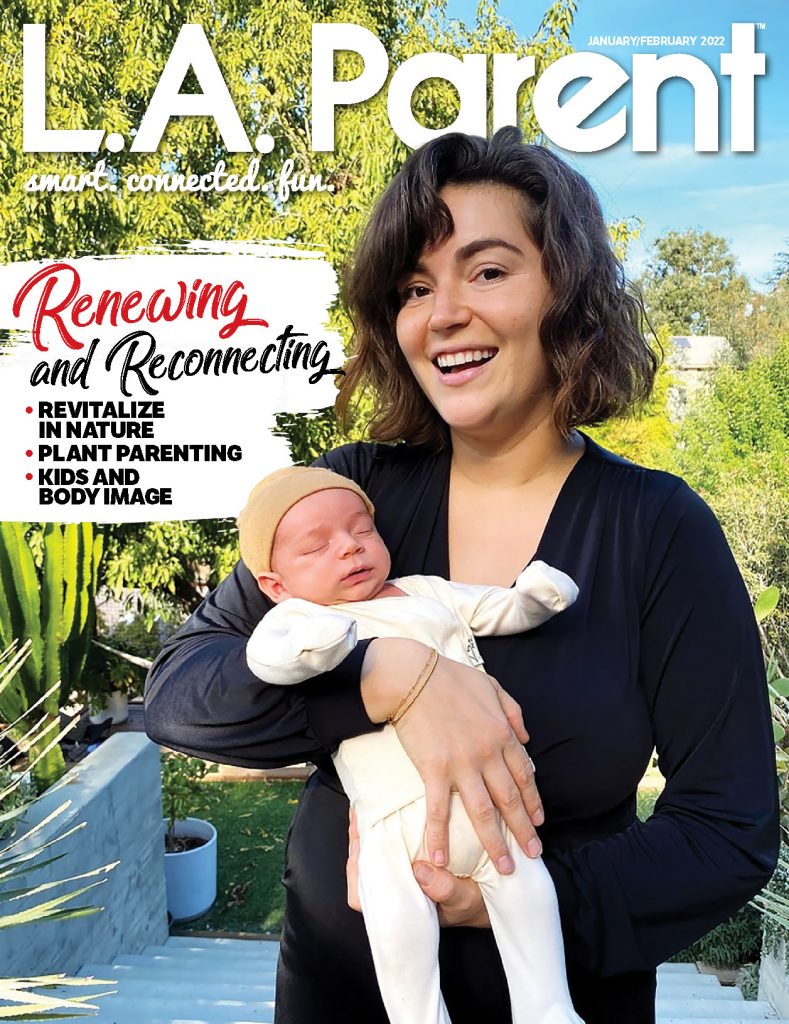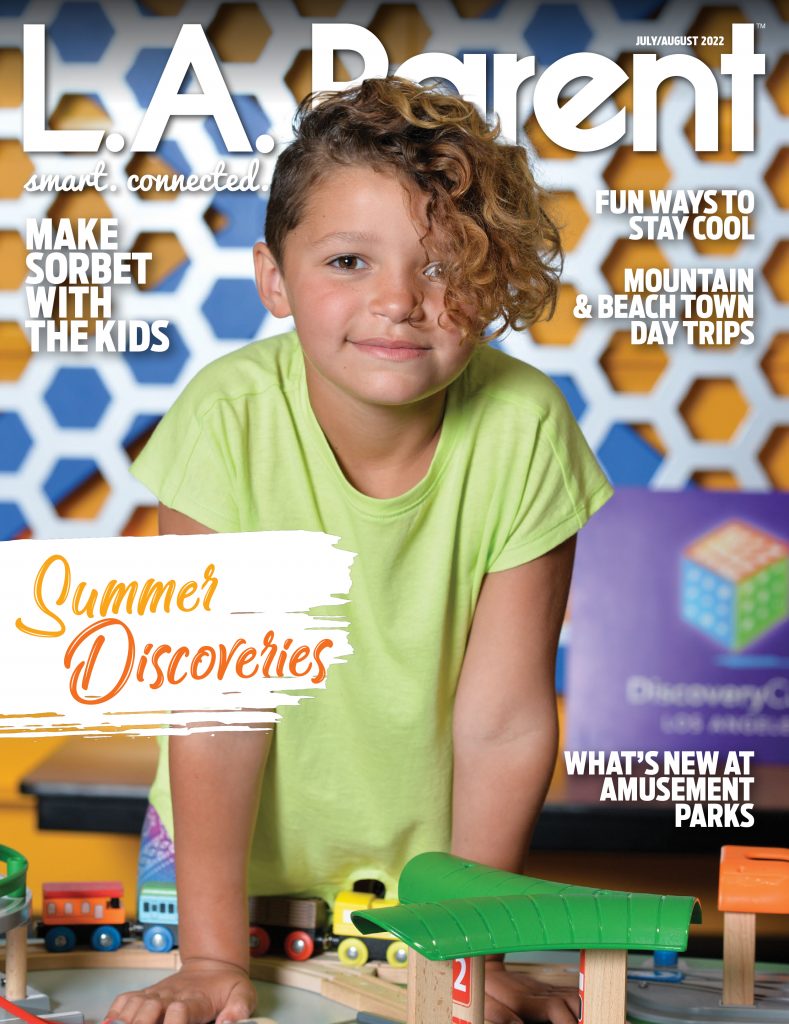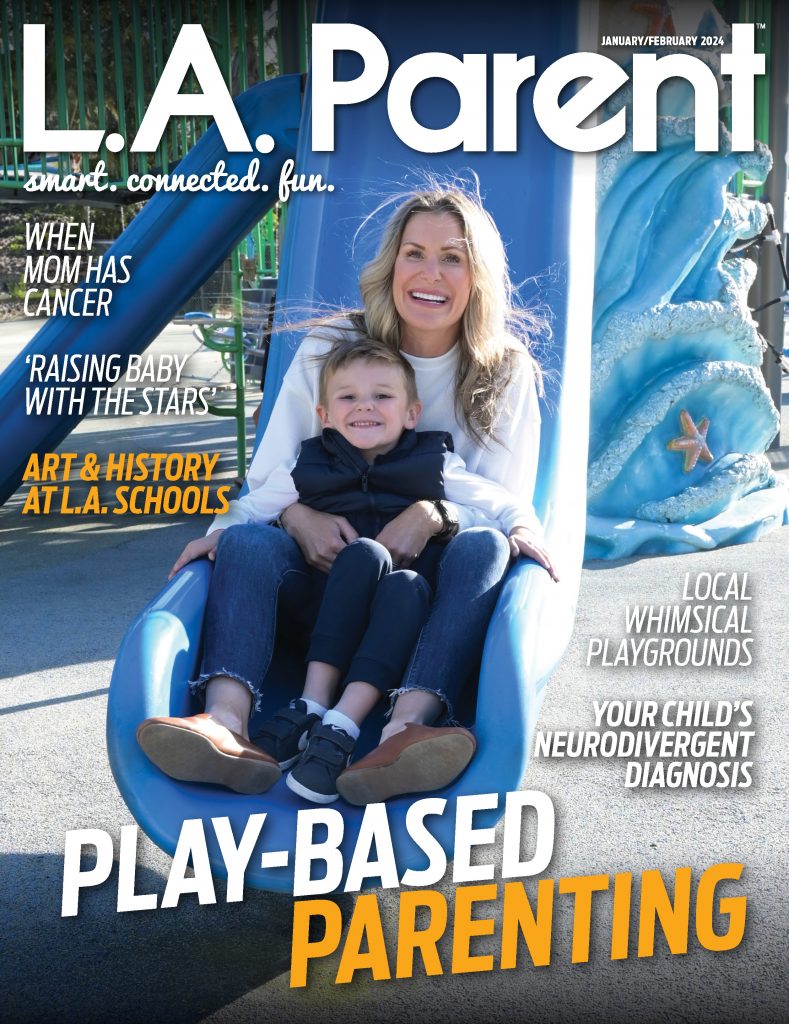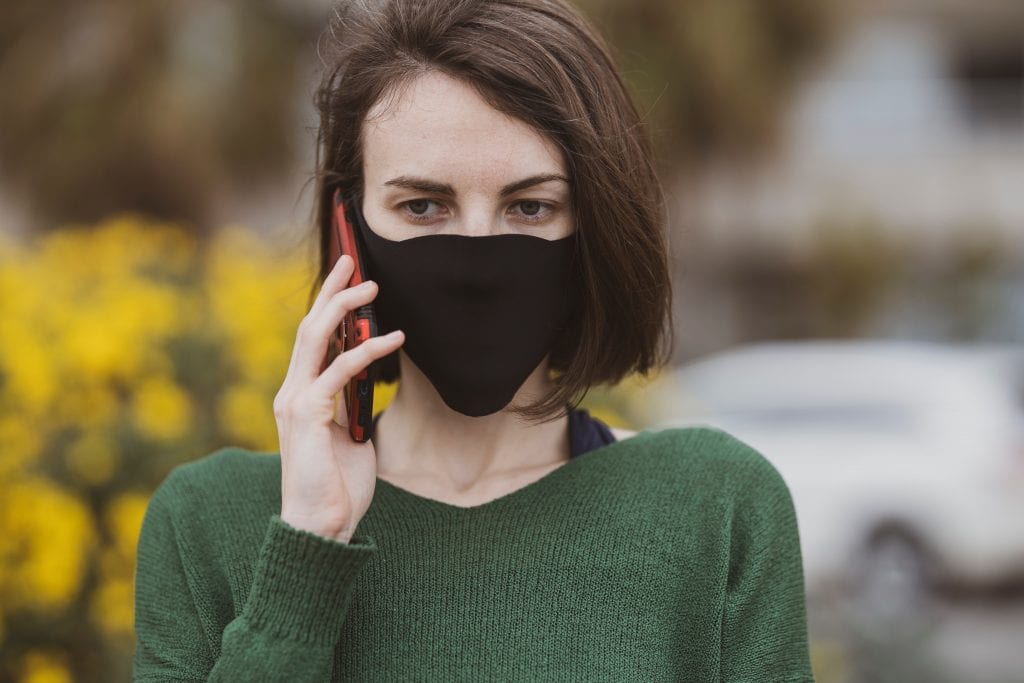
Parents are no strangers to cleanup duty. From the time we change our baby’s first diaper it seems there is a never-ending chain of messes of one kind or another: mud pies, sticky handprints on walls and doorknobs, food spilled anywhere and everywhere, toys in various states of filth.
But this is different. With cases of COVID-19 – the illness caused by the novel coronavirus that has been circulating here since the beginning of March – continually rising, we’re all battling an invisible enemy. The basic advice is to stay home as much as possible, stay at least 6 feet away from others and wash hands frequently. But maybe that doesn’t seem like quite enough.
Let’s start with that grown-up toy we all refer to as our smartphone. You’re not supposed to touch your face, but it certainly does. Apple says on its website that you can use disinfecting wipes on its phones. Other companies recommend spraying a nonabrasive, alcohol-based (at least 70% isopropyl alcohol, and never straight rubbing alcohol) cleaner on a microfiber cloth to clean your phone.
For other cleaning jobs, Samara Geller, a senior research and database analyst who manages the Healthy Cleaners Database for Environmental Working Group, offers additional coronavirus pointers.
When it comes to disinfecting, not all surfaces are created equal. The granite countertop in your kitchen, for instance, is much easier to subject to thorough sanitizing than that box of cereal on the shelf at the grocery store or the handle of the pump at the gas station.
“For most surfaces you encounter on the go, it may be more practical to employ thorough hand sanitizing and hand washing strategies than to effectively sanitize or disinfect nonporous surfaces,” Geller says. “Sanitizers and disinfectants are only fully effective when used in a manner consistent with their labeling. This may be easier said than done.”
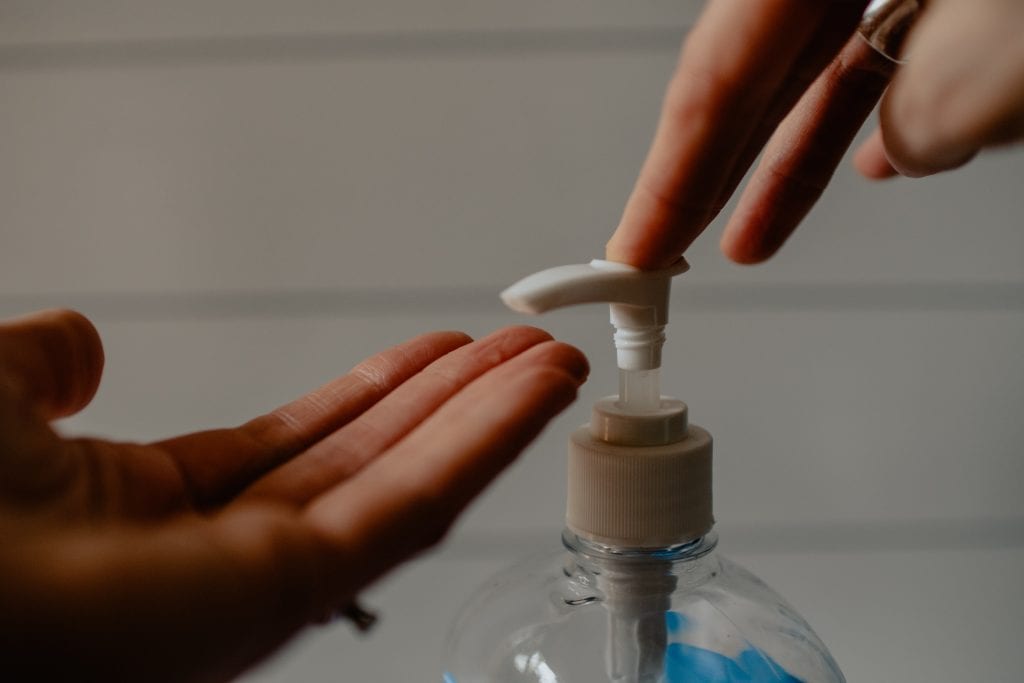
So, glove up, do your shopping, pump your gas and keep your hands strictly away from your face while you do it. “If you’re worried about the transfer of germs from frequently touched surfaces to your face, and if you can’t wait until you arrive home or get to a public restroom to wash your hands with soap and water, hand sanitizer works in a pinch,” says Geller. Thoroughly wet and rub your hands with a hand sanitizer that contains a minimum of 60 percent ethyl alcohol, also known as ethanol, and let them air dry. If you’re out and about, sanitize before getting into your car and touching the steering wheel.
A cloth face mask (not medical grade or N95, which should be reserved for healthcare workers) is another essential layer of protection. Ideally, your mask should be washed (if reusable) or discarded after each use. It’s OK to improvise with a scarf or bandana as long as it covers your nose and mouth. Make sure it’s comfortable so that you don’t keep touching your face to adjust it.
When you get home, wash your hands (for at least 20 seconds or more to two “Happy Birthday” choruses). Those groceries, by the way, don’t need to be sanitized as long as you’re washing your hands. The U.S. Food & Drug Administration’s guidelines on food safety and coronavirus state that food packaging is considered a low-risk source of transmission. You don’t have to throw away your cereal box before bringing the cereal inside. And despite those viral videos online, you should absolutely not wash your produce with dish soap, detergent or other disinfectants. Those are not meant for human consumption and could be dangerous to your health. Your best bet with groceries is to wash hands after unpacking them, and frequently before, during and after cooking.
In your home, focus on sanitizing surfaces you come in frequent contact with, including doorknobs, handrails, faucets and light switches. When you are ready to tackle those (and that countertop), do it right. “Selecting the right product and observing the adequate level of surface saturation and contact time with the surface, are critical — and often overlooked — steps to achieving proper effectiveness,” Geller says.
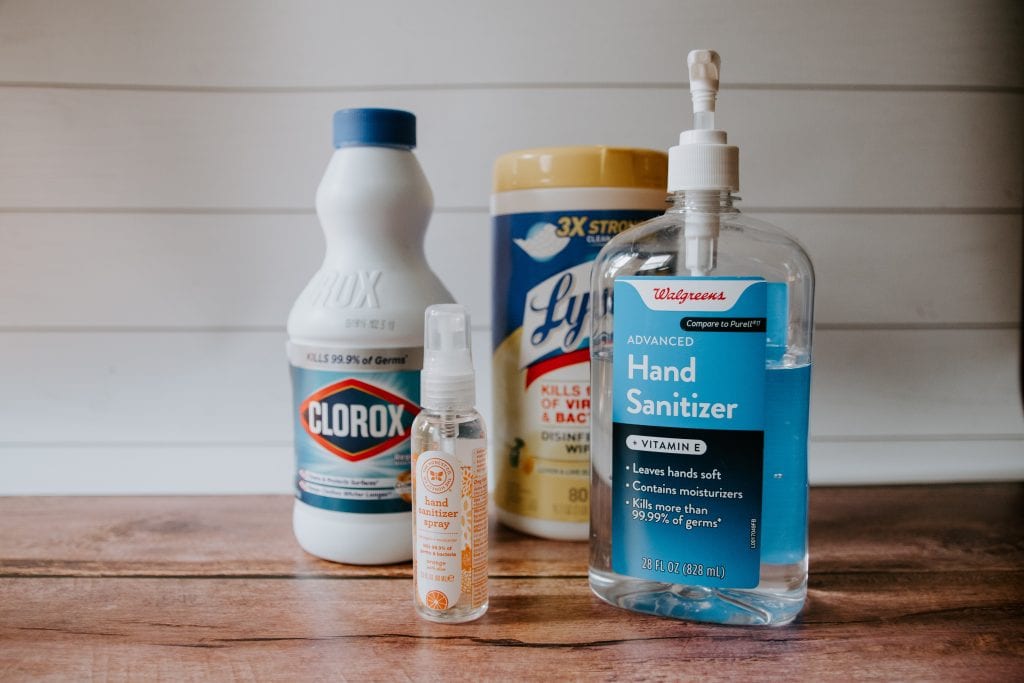
EWG has you covered on the “right product” score, as it recently published a list of 16 safe and effective products to guard against coronavirus. These are all U.S. Environmental Protection Agency-registered disinfectants that have research to back up their pathogen-killing claims. Geller advises looking for an EPA registration number on cleaning products you purchase. Active ingredients that are preferred include hydrogen peroxide, ethyl alcohol (ethanol), citric acid, L-lactic acid, caprylic acid (octanoic acid) and thymol.
When you’re ready to disinfect a surface, read the label on your disinfectant. Make sure the product is safe to use on the surface you have in mind, and wear gloves if that’s indicated. Open windows or doors so there is good ventilation in the area where you’re working.
Clean the surface with soap and water to remove visible dirt or grease. Next, spray or sponge on the disinfectant so that the surface is thoroughly wet, and make sure it stays visibly wet for the length of time indicated on the product label’s directions for use before you rinse or wipe the area dry. This could mean anywhere from 30 seconds to 10 minutes, depending on the product. It could take multiple sprays or wipe-downs to keep the surface wet long enough.
If your product of choice is a disinfecting wipe, do not be tempted to re-use it. Geller says this could be dangerous. To keep your wipes as effective as possible, be sure to reseal the package after each use, and store the wipes in a cool place out of direct sunlight.
With the right disinfecting products and techniques, you can make sure that while you’re safer at home, your home is clean and safe. Makes those mud pies seem downright charming, doesn’t it?







